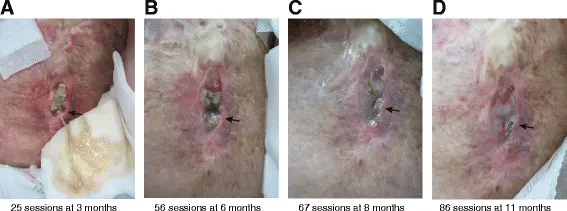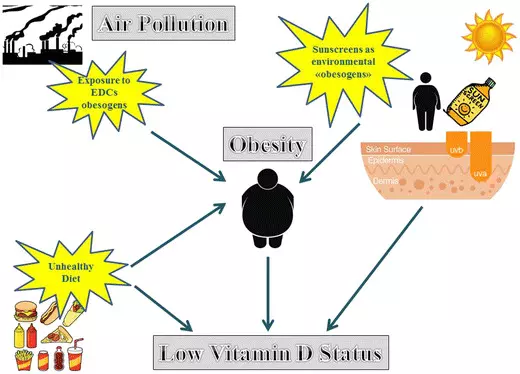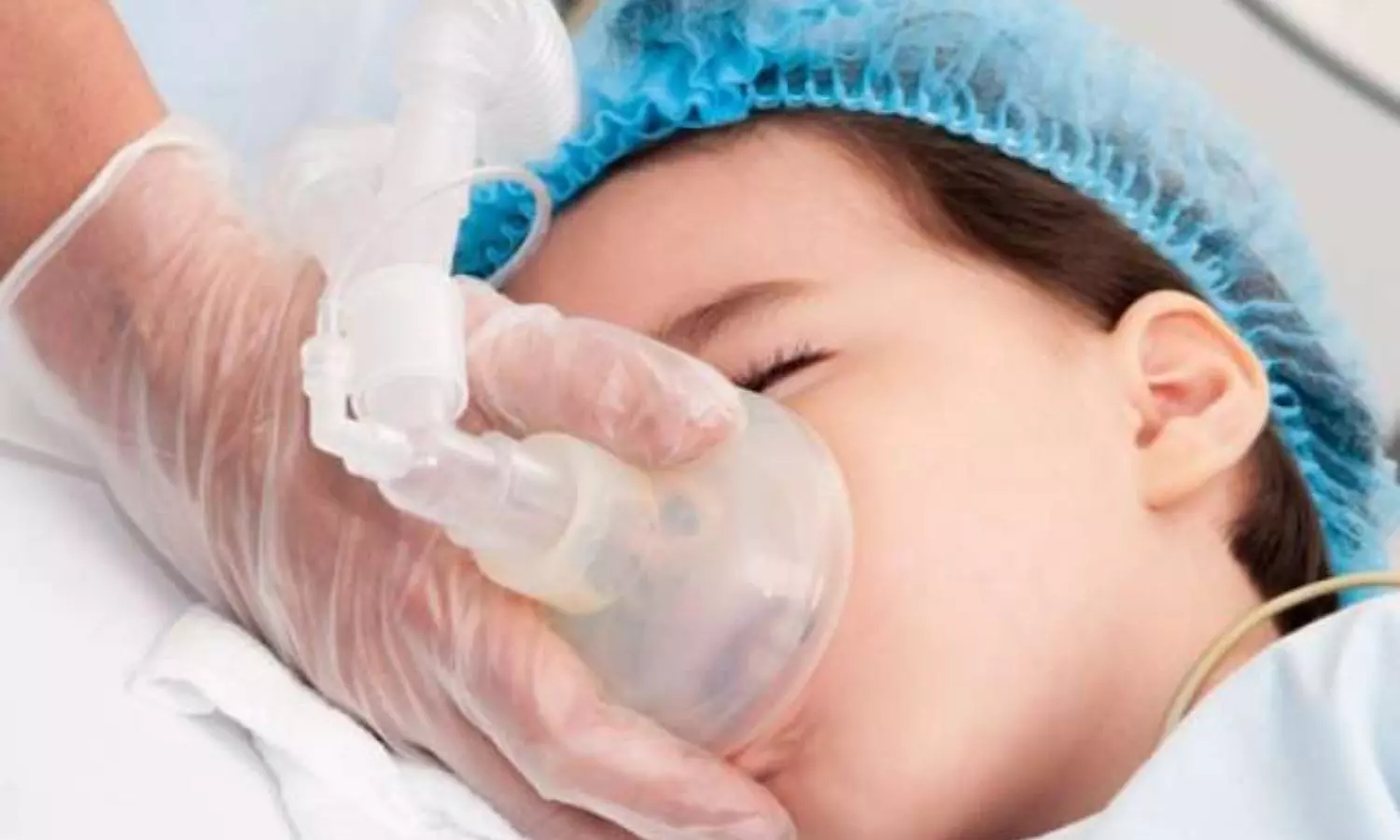C-Peptide Has Limited Predictive Value for Need of Insulin Therapy for Glycemic Control: Study Finds

USA: Researchers have found in a new study that C-peptide concentration lacks strong predictive power for determining future insulin therapy needs and achieving glycemic control. This limits its clinical usefulness in inpatient settings.
The findings published online in Diabetes Technology & Therapeutics indicate that C-peptide levels do not strongly predict the future need for insulin therapy or effective glycemic control, raising concerns about its usefulness in inpatient settings.
C-peptide, a byproduct of insulin production, is a key marker of pancreatic beta-cell function and is widely used in outpatient settings to differentiate between type 1 and type 2 diabetes and guide treatment decisions. While it plays a crucial role in diagnosing and managing diabetes, its significance in hospitalized patients with hyperglycemia remains uncertain. Limited clinical data make it unclear whether serum C-peptide concentration has meaningful diagnostic or predictive value in inpatient settings.
Against the above background, Pankaj Shah, Division of Endocrinology, Diabetes and Nutrition, Mayo Clinic, Rochester, Minnesota, USA, and colleagues aimed to evaluate the clinical utility of serum C-peptide concentration in hospitalized patients with hyperglycemia, specifically assessing its predictive value for discontinuation of insulin therapy and achieving glycemic control.
For this purpose, the researchers analyzed data from adults admitted to Mayo Clinic inpatient facilities for acute hyperglycemic emergencies between January 2017 and November 2022. They evaluated the predictive ability of serum C-peptide concentration in determining the likelihood of discontinuing therapeutic insulin, both in the overall cohort and in patients with non-autoimmune non-pancreatitis diabetes (NANP-DM).
Based on the study, the researchers reported the following findings:
- The study included 187 patients, of whom 63 were women.
- Patients with type 1 diabetes antibodies had significantly lower serum C-peptide concentrations.
- An inverse correlation was observed between serum C-peptide concentration and subsequent hemoglobin A1c% [r = (−0.22)].
- Initial C-peptide levels did not significantly differ between patients who required insulin therapy during follow-up and those who did not.
- C-peptide demonstrated limited predictive value for achieving glycemic control.
- Similar findings were observed in the NANP-DM subgroup, where C-peptide showed a limited ability to predict insulin therapy needs and glycemic outcomes.
The study findings indicate that C-peptide concentration lacks strong predictive value for determining future insulin therapy needs or achieving glycemic control, limiting its clinical utility in inpatient settings.
The researchers emphasized the need for evidence-based approaches in diabetes management, stressing that diagnostic tests should offer meaningful clinical insights. They suggested that, for now, healthcare providers may need to prioritize traditional indicators—such as blood glucose levels, insulin requirements, and overall patient condition—over C-peptide levels to optimize inpatient diabetes care.
Reference:
Costa DN, Kudva YC, Jensen MD, Shah P. Clinical Utility of Serum C-Peptide Concentration for Hospitalized Patients with Hyperglycemia. Diabetes Technol Ther. 2025 Feb;27(2):121-127. doi: 10.1089/dia.2024.0246. Epub 2024 Sep 20. PMID: 39226586.
Powered by WPeMatico









